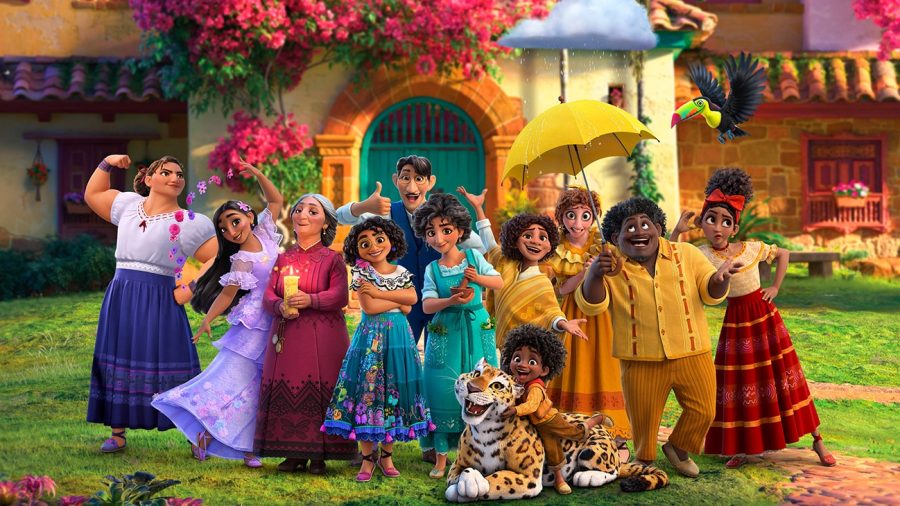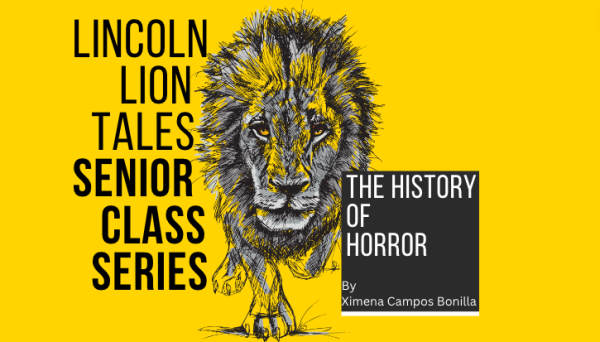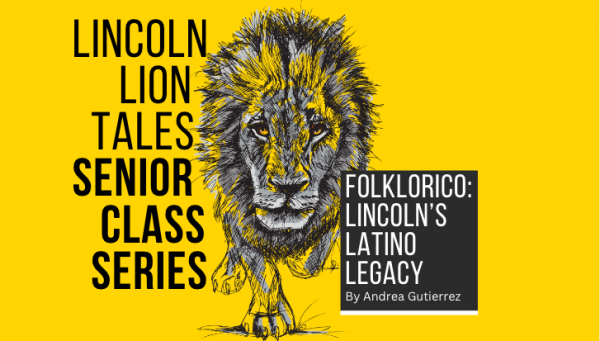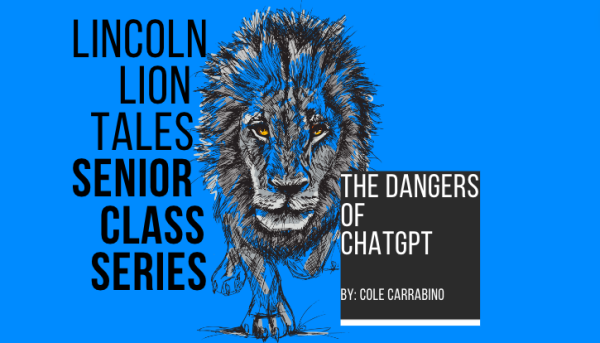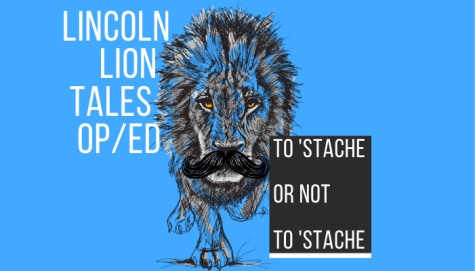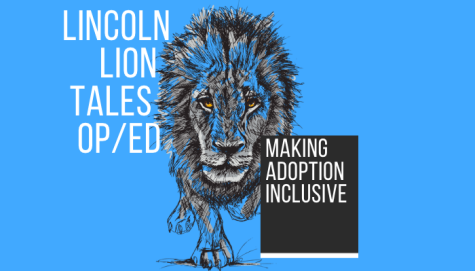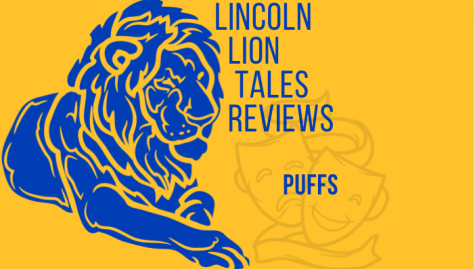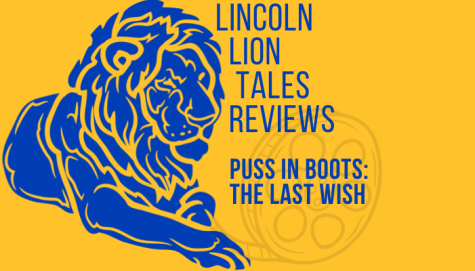How woke is too woke?
When watching a TV show or reading a book, have you ever been able to connect with a character because you saw yourself in them? If you have, maybe it was because they shared the same skin color, or maybe it was because they had a similar hairstyle. Whatever the reason, being able to relate to a character because they share similar traits can make someone feel validated and supported. There are many people out there who would love to see themselves represented in the media, but when representation becomes forced, is it still representation?
One of the places where we can see people forcing representation is with the recent rise of the movie “Encanto.” It has been a wildly successful film, and its soundtrack is the first since 2019 to reach number one on the Billboard charts. Despite its popularity and its focus on Colombian culture, there are some assumptions and ideas about the characters that have taken the focus away from some of the major themes of the movie: intergenerational trauma, which is when those who experience trauma pass it down from generation to generation, and family.
Some of these ideas center around the characters Camilo, Luisa, Bruno, and Isabela. As a character who can shapeshift, Camilo frequently alters his appearance to look like other characters in the movie. Rather than focusing on how his gift affects his life as a Madrigal, some people within the “Encanto” fandom claim that his shapeshifting ability means he is gender-fluid. The same type of claims have been made about Luisa, a female character who is particularly buff and extremely strong. Again, instead of focusing on how she feels inwardly about her strength and the constant pressure she has on her shoulders to do everyone’s hard work, there are people who have tried to push the idea that she’s transgender.
The character Bruno, famously sung about in the song, “We Don’t Talk About Bruno”, does a few things in the movie that are common in Latino culture. He throws salt over his shoulder, touches wood, etc. because they’re all for good luck. When people claim that he is neurodivergent or autistic because of his habits, they ignore or push away the roots of his superstitions and where they come from. Near the end of the movie, Isabela expresses that she never wanted to marry Mariano. It’s okay to interpret her feelings and head-canon her as a lesbian, but when people make head-canons they shouldn’t overshadow the true meaning of the film and the purpose behind it.
In my opinion, “Encanto” was a wonderful movie about family, intergenerational trauma, and how it can be healed. Although the characters mentioned might not fit into specific categories and head-canons, there was still a lot of great representation in the movie. Whether it was the color of their skin, their heritage, language, or hair texture, many people who watched the movie were able to relate and see themselves on the screen in different forms.
Representation for people of all cultures and backgrounds in the media is crucial for people to move past stereotypes and to educate themselves. In today’s world, there has been a light shed on the importance of representation, even outside of the media. For example, Erin Jackson recently became the first Black woman to win a gold medal speed skating at the Winter Olympics. It was a great accomplishment for African Americans, and seeing someone complete such a feat can be inspiring to Black people everywhere.
No matter the race, gender, sexuality, or disabilities that someone may have, representation can be empowering for a lot of people. Instead of forcing ideas on characters or going through a checklist of what a person should and shouldn’t be, there should be more of a focus on creating characters correctly and allowing people to be who they are. When done right in the media, representation has the potential to touch the hearts of and inspire people watching or reading, and they can continue to let people know that they are heard and seen.
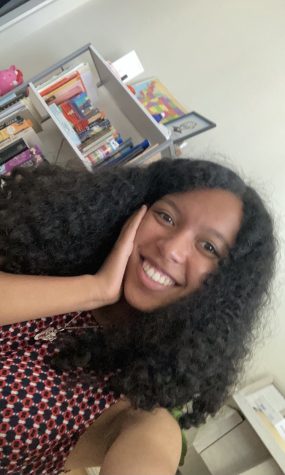
My name is Sarah Baker and I am a senior at Lincoln High School. I love reading and writing, so I am super excited for my second year of being on the journalism...


